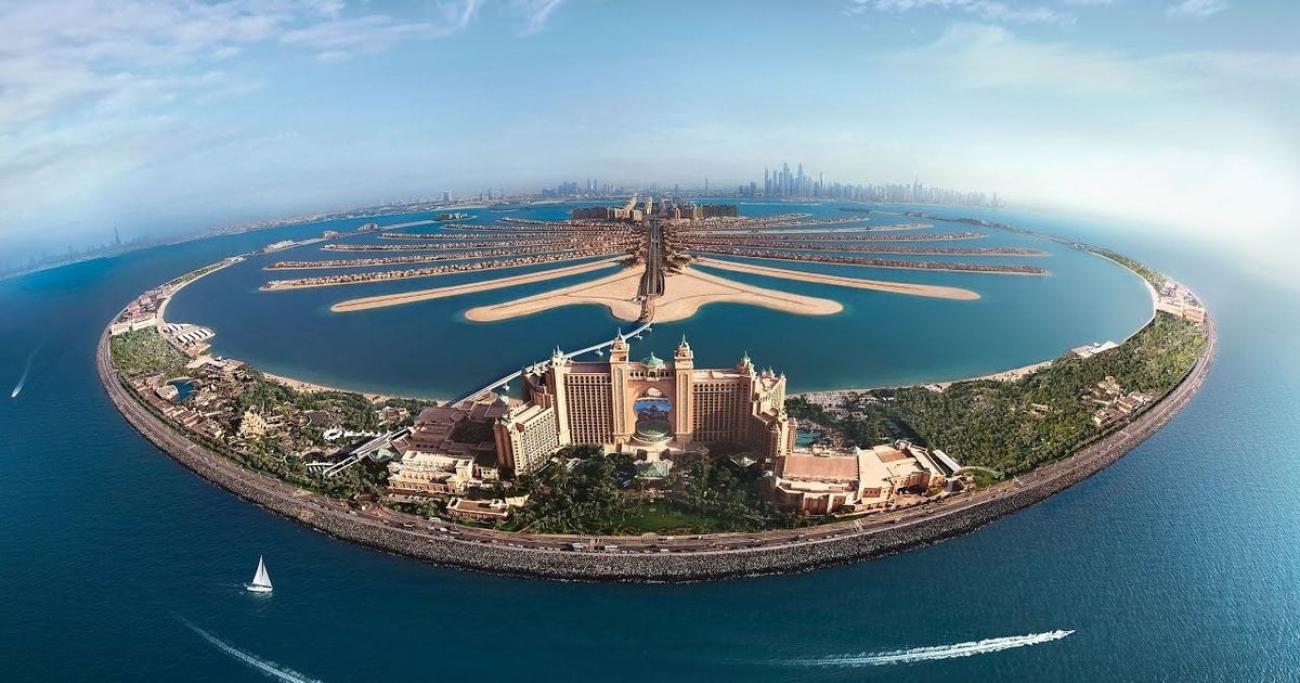
Natural Islands
Under Article 121 of United Nations Convention on the Law of the Sea (UNCLOS), a natural island is defined as a "naturally formed area of land, surrounded by water, which is above water at high tide." This definition excludes artificial islands from generating territorial sea rights or other maritime zones. Key features of a natural island include:

Rocks
Rocks, as defined in Article 121(3) of UNCLOS, are naturally formed areas of land that cannot sustain human habitation or economic life independently. Unlike natural islands, rocks do not grant exclusive economic zones (EEZ) or continental shelf rights. For example, Okinotorishima, a Japanese rock, cannot claim an EEZ despite efforts to preserve its insular status.

Low-Tide Elevations
Low-tide elevations are naturally formed areas of land that are above water at low tide but submerged at high tide. Under UNCLOS, low-tide elevations can generate territorial seas if they are within the territorial sea limits of a mainland or island. However, converting a low-tide elevation into an island does not change its legal status; it remains a low-tide elevation.

Unlike natural islands, artificial islands are human-made structures created using natural or artificial materials. UNCLOS does not provide a formal definition, but various interpretations exist:
Based on these definitions, artificial islands are characterized by their non-natural origin, human construction, and permanent attachment to the seabed. They do not generate territorial seas but may have safety zones up to 500 meters.
Artificial islands serve a wide range of purposes, including:
For example, the UAE’s Palm Jumeirah and Japan’s Kansai International Airport are prominent examples of artificial islands used for urban and economic development.


Marine structures and installations are closely related to artificial islands but differ in their construction and purpose. Installations are typically used for resource exploitation, research, or military purposes, while structures refer to the physical foundations supporting these installations. Key distinctions include:
Installations: Often temporary or movable, used for specific tasks like oil drilling or scientific research.
Structures: Permanent or semi-permanent foundations, such as breakwaters or concrete platforms.
UNCLOS distinguishes between these terms, emphasizing their different legal statuses and purposes.
The lack of clear definitions in UNCLOS has led to legal ambiguities, particularly in disputed regions like the South China Sea. States have converted low-tide elevations and rocks into artificial islands, raising questions about their legal status and maritime entitlements. For instance, China’s construction of artificial structures on reefs in the Spratly Islands has sparked international disputes.
Future research must address these challenges by clarifying the legal status of marine units and their environmental impacts. As artificial islands and marine structures continue to proliferate, international law must adapt to ensure sustainable and equitable use of ocean resources.
Artificial islands and marine structures play a vital role in modern maritime activities, but their legal definitions and statuses remain unclear under UNCLOS. This article has provided a comprehensive analysis of the nature, types, and utilities of artificial islands, as well as their distinctions from natural islands, rocks, and low-tide elevations. By addressing these issues, this research aims to guide future legal frameworks and promote a clearer understanding of maritime law in the context of artificial islands and marine units.
As the demand for marine resources and space grows, the international community must work toward unified definitions and regulations to ensure the sustainable and peaceful use of the world’s oceans.
Source: Asia-pacific Journal of Law, Politics and Administration_ Author: Mohammad Ali Zohourian
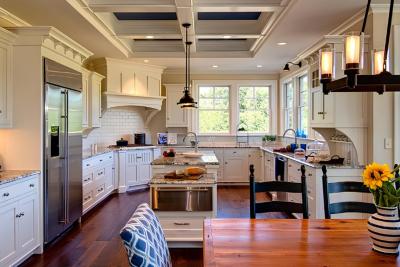
The News 14/12/2025
Architectural Digest gợi ý Cloud Dancer phù hợp với plush fabrics và những hình khối “mềm”, tránh cảm giác cứng/rigid; họ liên hệ nó với cảm giác “weightless fullness” (nhẹ nhưng đầy) [3]. Đây là cơ hội cho các dòng vải bọc, rèm, thảm, bedding: màu trắng ngà làm nổi sợi dệt và tạo cảm giác chạm “ấm”.Pantone has announced the PANTONE 11-4201 Cloud Dancer as the Color of the Year 2026: a "buoyant" and balanced white, described as a whisper of peace in the midst of a noisy world. This is also the first time Pantone has chosen a white color since the "Color of the Year" program began in 1999. Pantone calls Cloud Dancer a "lofty/billowy" white tone that has a relaxing feel, giving the mind more space to create and innovate [1].
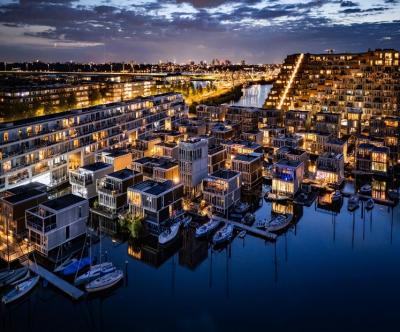
The News 04/12/2025
The Netherlands is one of the most vulnerable countries to climate change, with about a third of its area lying below sea level and the rest regularly at risk of flooding. As sea levels are forecast to continue to rise and extreme rains increase, the government is not only strengthening dikes and tidal culverts, but also testing new adaptation models. Floating housing in Amsterdam – typically the Waterbuurt and Schoonschip districts – is seen as "urban laboratories" for a new way of living: not only fighting floods, but actively living with water. In parallel with climate pressures, Amsterdam faces a shortage of housing and scarce land funds. The expansion of the city to the water helps solve two problems at the same time: increasing the supply of housing without encroaching on more land, and at the same time testing an urban model that is able to adapt to flooding and sea level rise.
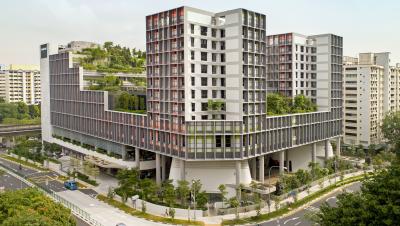
The News 20/11/2025
Kampung Admiralty - the project that won the "Building of the Year 2018" award at the World Architecture Festival - is a clear demonstration of smart tropical green architecture. With a three-storey "club sandwich" design, a natural ventilation system that saves 13% of cooling energy, and a 125% greening rate, this project opens up many valuable lessons for Vietnamese urban projects in the context of climate change.
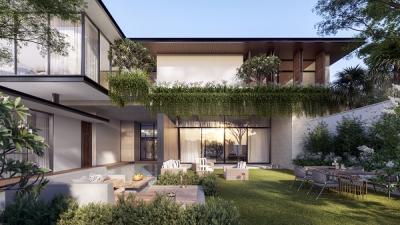
The News 10/11/2025
In the midst of the hustle and bustle of urban life, many Vietnamese families are looking for a different living space – where they can enjoy modernity without being far from nature. Tropical Modern villa architecture is the perfect answer to this need. Not only an aesthetic trend, this is also a smart design philosophy, harmoniously combining technology, local materials and Vietnam's typical tropical climate.
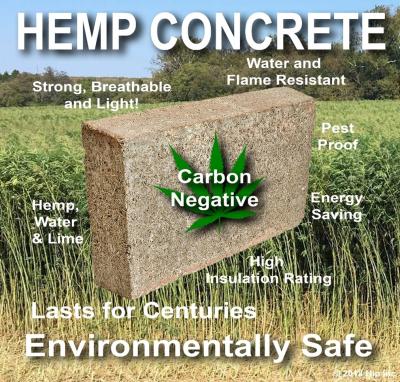
The News 25/10/2025
Hemp-lime (hempcrete) is a non-load-bearing covering material consisting of a hemp wood core (hemp shiv/hurd) combined with a lime-based adhesive, outstanding for its insulation – moisture conditioning – indoor environmental durability; in particular, IRC 2024 – Appendix BL has established a normative line applicable to low-rise housing, strengthening the technical-legal feasibility of this biomaterial.
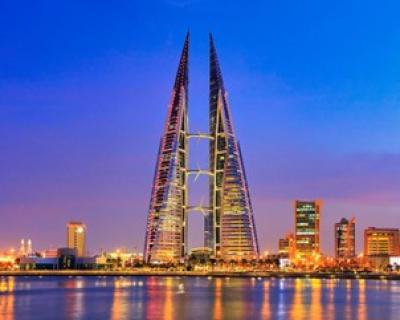
The News 11/10/2025
Amid rapid urbanization and global climate change, architecture is not only construction but also the art of harmonizing people, the environment, and technology. The Bahrain World Trade Center (BWTC)—the iconic twin towers in Manama, Bahrain—is a vivid testament to this fusion. Completed in 2008, BWTC is not only the tallest building in Bahrain (240 meters) but also the first building in the world to integrate wind turbines into its primary structure, supplying renewable energy to itself [1]. This article explores the BWTC’s structural system and design principles, examining how it overcomes the challenges of a desert environment to become a convincing sustainable model for future cities. Through an academic lens, we will see that BWTC is not merely a building but a declaration of architectural creativity.